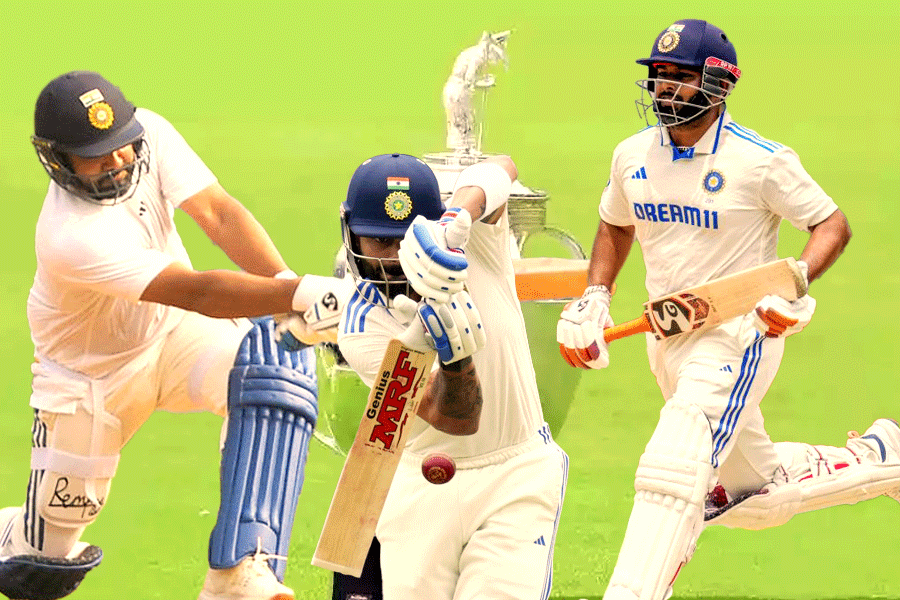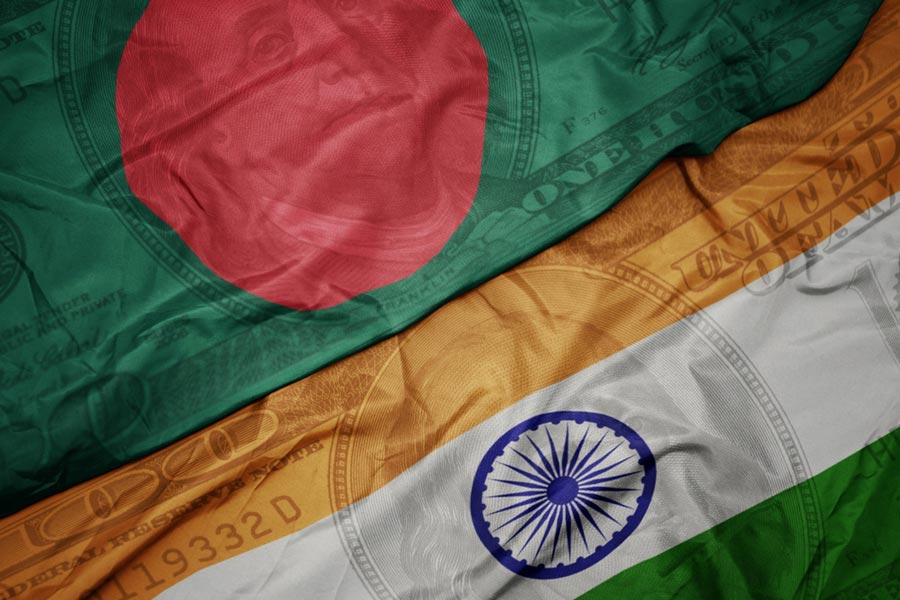Bridge the gap
The news that Nawabzada Shahryar Mohammad Khan has passed away, aged 89, in Lahore reminded me that he was a diplomat of immense charm who wanted to use cricket to bring Pakistan and India closer. On a sunny August day in 2013, we sat in a garden in north London, chatting about his book, Cricket Cauldron: The Turbulent Politics of Sport in Pakistan. He had come from Delhi where he had met Manmohan Singh and other Indian leaders as Nawaz Sharif’s special envoy to India. We talked about his cousin, the erstwhile Nawab of Pataudi and how Khan had rushed over to see Tiger after the latter damaged his right eye in a car crash in 1961. Khan was then serving as the third secretary at the Pakistani High Commission in London.
I am sorry to say that I inadvertently got him into a bit of trouble after I had invited him to lunch with the Indian Journalists’ Association. I cannot quite remember how the subject of Dawood Ibrahim came up, but Khan’s reply seemed to suggest that the gangster wanted by India was living in Pakistan but the Pakistani government would ensure he moved on. When all hell broke loose with a denial from the Pakistani government of Dawood ever being given sanctuary in Pakistan, Khan claimed he had been misquoted by Indian journalists. I did not let on that he was on tape.
“I believe that cricket would act as a bridge of peace between Pakistan and India,” Khan had said, adding that “despite the political tension and arch rivalry, Indian and Pakistani players get on famously at a personal level.” He also had a little suggestion to improve relations: “You have your IPL. It would be good if two or three of the obviously good Pakistani players are allowed to play in the IPL.”
Green investment
Whether reputable institutions should take money from controversial businessmen is always a troubling question. But the Science Museum’s new Adani Green Energy Gallery has brilliant displays. One exhibit from India shows how water funnelled through terracotta pots can be used to cool buildings as a much cheaper alternative to air-conditioning. Another intriguing display is the Bersey Electric Cab which plied on the streets of London as far back as 1897. The exhibition includes the little red bike from the Hangzhou Public Bicycle sharing scheme in China, air source heat pumps that might replace conventional boilers, underwater turbine blades, and the Zero Energy Thermonuclear Assembly experiment to get energy from nuclear fusion that was tried out by the UK Atomic Energy Authority in Oxfordshire in the 1950s.
The lead curator, Oliver Carpenter, said: “This isn’t a six-month exhibition, this is a long-term gallery. We’re focused on trying to make this gallery as relevant in 10 years’ time as it is today. This is a gallery all about the most pressing issue of our time. In order to avoid the worst impacts of climate change, we need to urgently transition towards lower carbon sources and uses of energy.” This means that Gautam Adani, who was welcomed by Princess Anne’s husband and chair of the museum’s trustees, Sir Tim Laurence, must have invested several million pounds in the gallery. British museums are pretty good at persuading rich people to part with their money.
India connect
Where is Patna? Not just in Bihar. From the India-born photographer, Hermann Rodrigues, I learn that there is a village called Patna in Scotland. It was founded in 1802 by William Fullerton, whose father had worked for the East India Company in Bihar. On returning home, he built a village called Patna to remind him of the one he left behind. Until 1964, it even had a Patna railway station, while Patna Primary School and St Xavier’s Primary School continue to flourish.
Rodrigues, who has been photographing Scotland’s India connection since 1990, has built up a library of over 50,000 images, including Vellore Road in Falkirk, Madras College in St Andrews, the graves of Maharajah Duleep Singh’s unnamed infant son and Tagore’s muse, Annapurna Turkhud, and a road sign with the word, ‘Patna’.
Cricket season
The start of April has been bitterly cold and wet which means the cricket season has started. Despite the cold, Sam Northeast made 335 not out for Glamorgan against Middlesex at Lord’s, overtaking Graham Gooch’s famous 333 against India in 1990. The big news is that Jonathan Agnew (“Aggers”) will continue to present the Test Match Special but will be stepping down as the BBC’s cricket correspondent at the end of the season after 34 years in the job.











